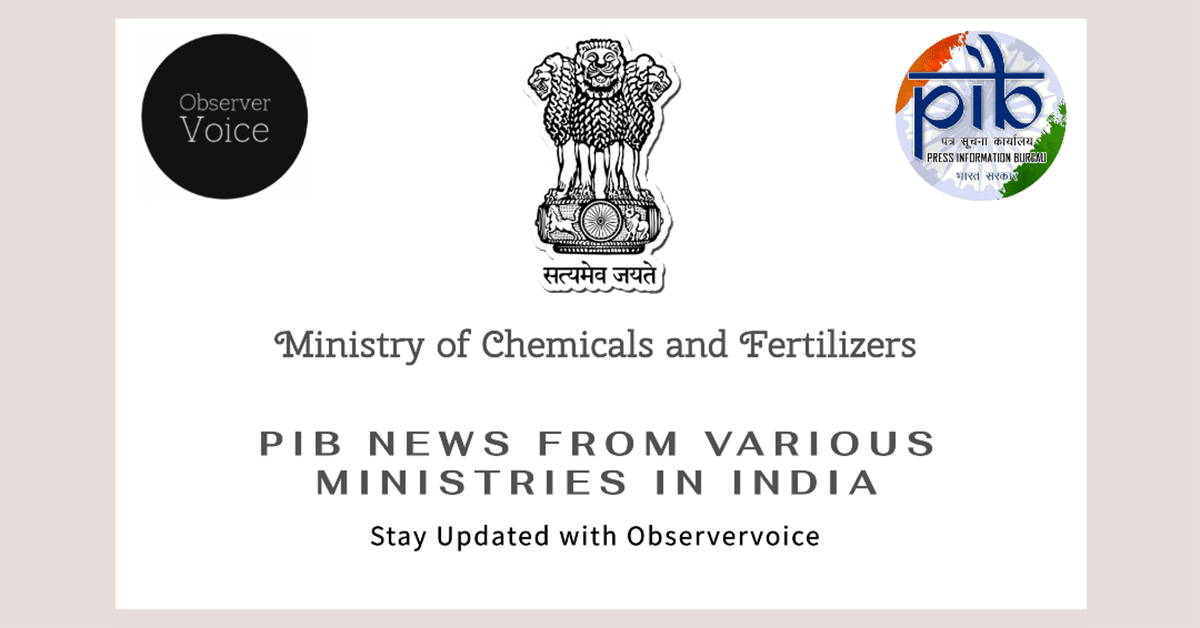Boosting India’s Pharmaceutical Manufacturing

The Government of India is actively promoting domestic manufacturing in the pharmaceutical sector. This initiative aims to reduce reliance on imports, enhance local production capabilities, and attract significant investments. The government has introduced several schemes to support this goal, focusing on bulk drugs, medical devices, and other critical pharmaceutical components. These measures are part of a broader strategy to strengthen India’s position in the global pharmaceutical market.
Production Linked Incentive (PLI) Scheme for Bulk Drugs
One of the key initiatives is the Production Linked Incentive (PLI) Scheme for Bulk Drugs. This scheme has a financial outlay of ₹6,940 crores and spans from the fiscal year 2022-2023 to 2028-2029. It aims to promote the manufacturing of critical Key Starting Materials (KSMs), Drug Intermediates (DIs), and Active Pharmaceutical Ingredients (APIs). The PLI scheme provides financial incentives for the production of specific notified products.
As of now, 48 projects have been selected under this scheme, with 34 projects already commissioned for 25 bulk drugs. The committed investment for this initiative was ₹3,938 crores, but actual investments have exceeded this figure, reaching ₹4,155.77 crores. The cumulative sales generated by these projects amount to ₹1,330.82 crores, which includes exports worth ₹389.82 crores. Additionally, this initiative has created employment opportunities for 4,241 individuals, showcasing its positive impact on the economy.
PLI Scheme for Pharmaceuticals
Another significant component of the government’s strategy is the PLI Scheme for Pharmaceuticals. With a financial outlay of ₹15,000 crores, this scheme is designed to support the manufacturing of high-value pharmaceutical products. The production tenure for this scheme runs from FY 2022-2023 to FY 2027-2028. It targets 55 selected applicants who will manufacture identified products across three categories over a six-year period.
The products covered under this scheme include patented and off-patented drugs, biopharmaceuticals, complex generics, anti-cancer drugs, autoimmune drugs, and orphan drugs. This initiative not only aims to enhance domestic production but also seeks to position India as a global hub for pharmaceutical manufacturing. The details regarding the categories of products, target groups, and selection criteria can be found on the Department of Pharmaceuticals’ official website.
PLI Scheme for Medical Devices
In addition to pharmaceuticals, the government has also launched the PLI Scheme for Medical Devices. This initiative has a total financial outlay of ₹3,420 crores and is set to run from FY 2022-2023 to FY 2026-2027. The scheme incentivizes selected companies with a 5% incentive on incremental sales of medical devices manufactured in India. This support is crucial for companies producing high-value medical devices that were previously imported.
So far, 32 applicants have been selected under this scheme, with 19 greenfield projects commissioned for 44 products, including advanced medical devices like linear accelerators, MRI machines, CT scans, mammograms, C-arms, and ultrasound machines. The committed investment for this initiative was ₹1,356.94 crores, and actual investments have reached ₹1,057.47 crores. Cumulative sales under this scheme have totaled ₹8,039.63 crores, with exports contributing ₹3,844.01 crores. This demonstrates the scheme’s effectiveness in boosting local manufacturing and reducing import dependence.
Observer Voice is the one stop site for National, International news, Sports, Editor’s Choice, Art/culture contents, Quotes and much more. We also cover historical contents. Historical contents includes World History, Indian History, and what happened today. The website also covers Entertainment across the India and World.

